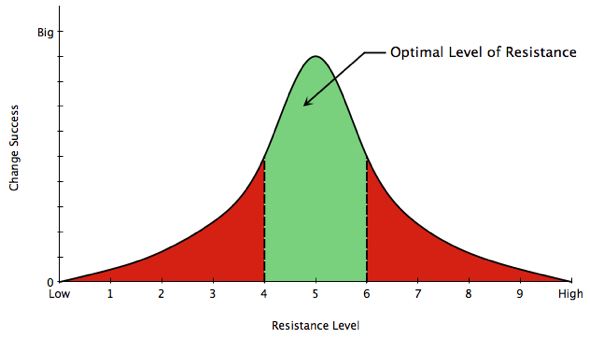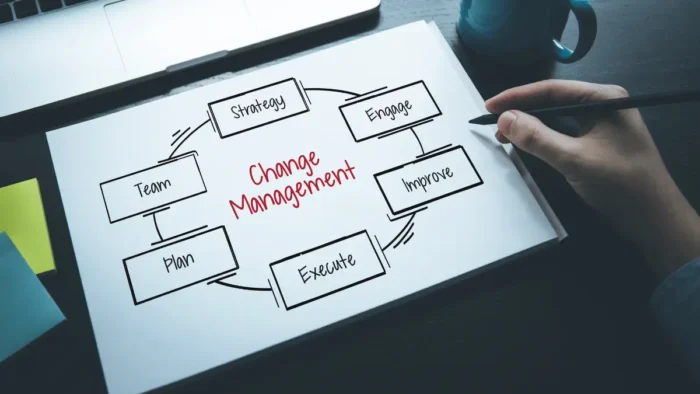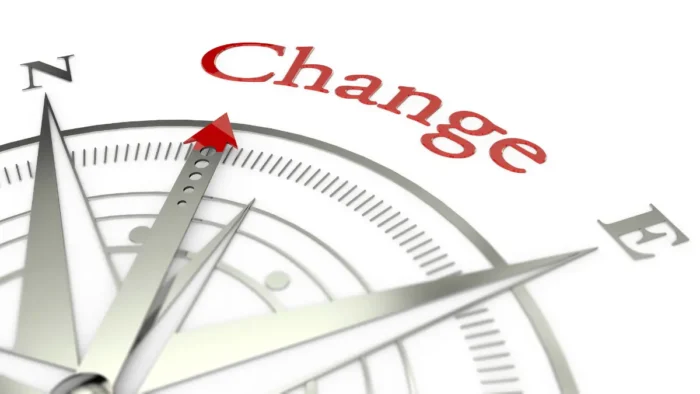When it comes to organizational change and implementation of the organizational change process, we can’t talk without resistance to change.
In my research, I was found that there are 28 different factors that cause resistance to change. We need to escape or solve some of them before starting with the process. However, there are some of the factors that we need because, with them, we can improve our process.
In the post titled level of resistance to change versus the results of the change process, I was stressed four different facts about the resistance and the change process. In that post, you can see some of the basics about the optimal level of resistance.
One important fact is that resistance to organizational change can’t be classified only as a bad thing in the process. In some cases, they are something important and something very useful for the overall process.
In the past, there was a thinking that resistance to organizational change is the problem that needs to be solved before we start with the implementation process. But, existence does not mean that there will be automatic damage to the process.
What will be happened if there is no resistance to organizational change? In such a case, they will be implemented as they are planned from the initiator of the process without possibilities to find any possible failures that can be passed the planning process.
We must know that we can’t expect ideality in the planning process and always there will be some mistakes.
Because of that, we can conclude that some level of resistance to change can bring potential to bigger success of the change process. That level is an optimal level of confrontation to organizational change. However, when the resistance is bigger than that optimal level, it will impact negatively the success of the overall process.
You can see this in the graphic below.




